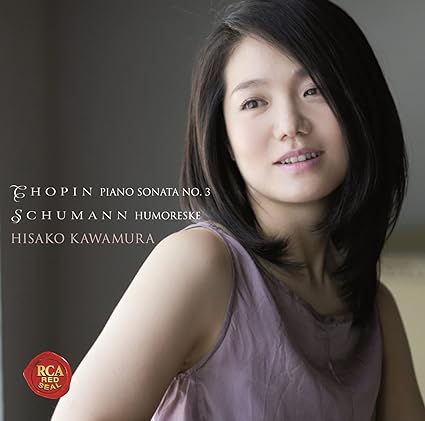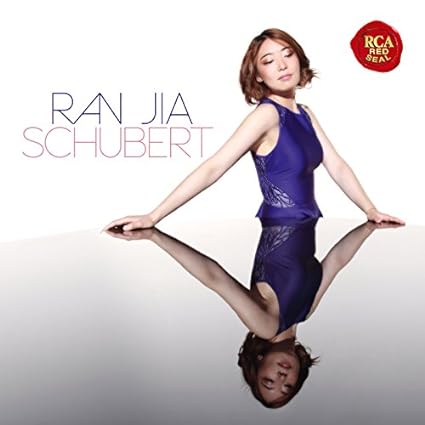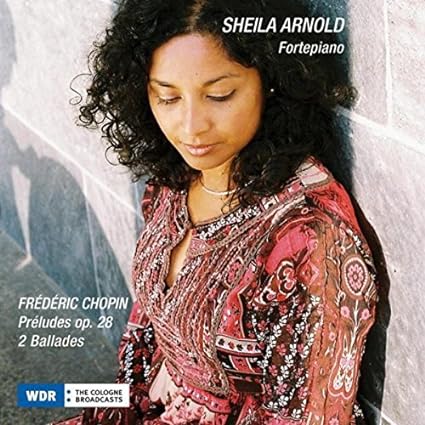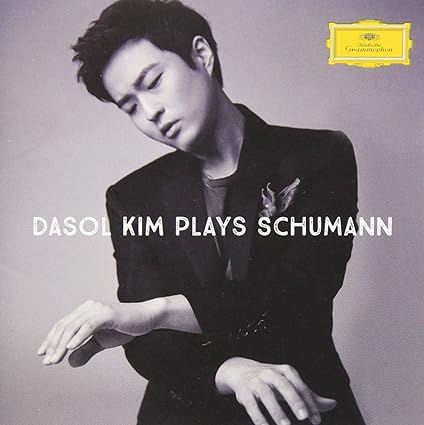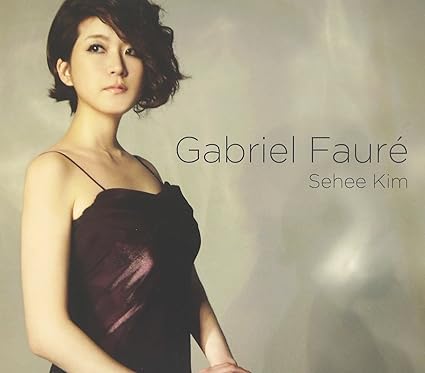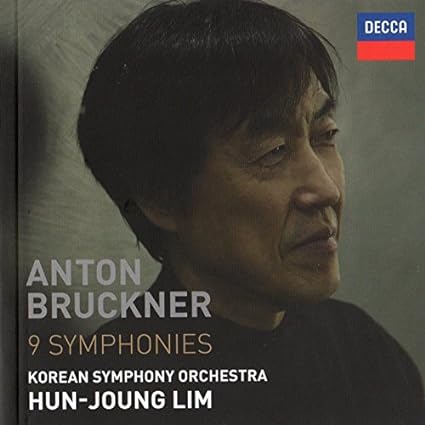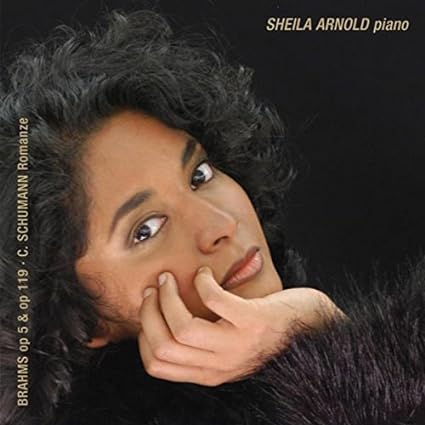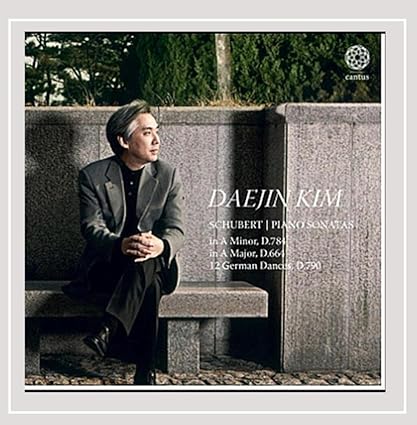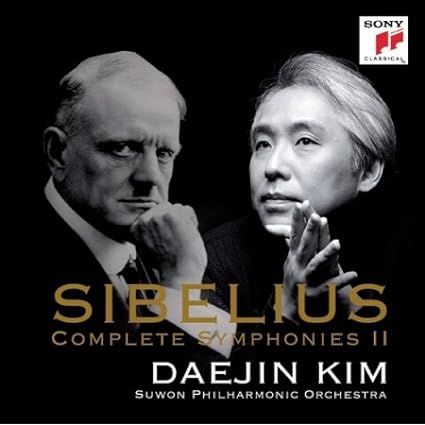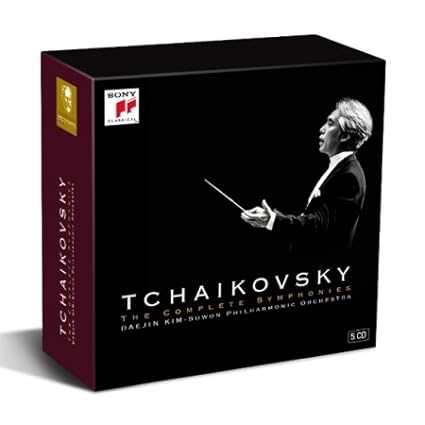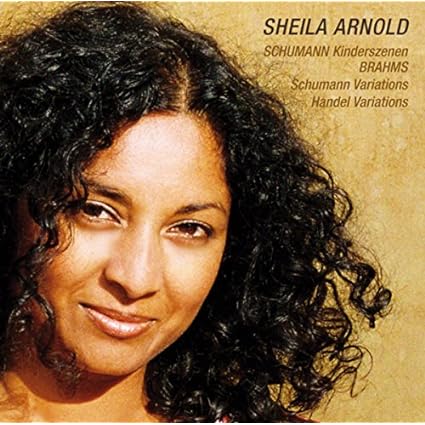A half-dozen Schubert sonatas from Julius-Jeongwon Kim. Mr Kim is a former child prodigy turned professor and performing musician who, in 2012, gave the second performance of Rachmaninoff's Fifth Piano Concerto before making the first recording for Deutsche Grammophon. The Fifth? It's a reworking of the Second Symphony by Alexander Warenberg done at the request of the composer's grandson. Earnest effort or something of a gimmick, Kim has one unique achievement under his belt. He also made some other core rep recordings for EMI in prior years, so he's been around the block, as most forty-somethings have.
On to the recordings at hand. The first disc of the trio contains D157 and D894, meaning that my first exposure to Kim matches up in terms of repertoire, sans a small encore, to one of my favorite Schubert discs of the century so far, Arcadi Volodos' Schubert disc. While I really didn't expect Kim to match Volodos, and if ultimately he doesn't, there is much to enjoy in the first disc. D157 starts off somewhat haltingly, with clipped chords and phrase endings, but once the Allegro ma non troppo moves into the more flowing music, Kim plays with nice drive, lyricism, and scale, and his melody is both lovely and almost eerily precise. The Andante displays some of the same style of playing, and comes off as decidedly and purposely unsentimental, and nearly cold, and Kim plays this way until about five minutes in, and then,
bam, biting forte chords assault the listener's ear to surprising and convincing effect. Kim then plays the concluding Menuetto briskly and unsentimentally. It's certainly possible to play with a bit more lyricism, but the overall conception works. The great D894 follows. Here, Kim faced not only long-standing memories of Volodos, but also fresher memories of Sheila Arnold. Kim's starts off with an eighteen minute Molto moderato e cantabile, yet given the length, the tension of his playing makes it seem quicker than that, and again it sounds unsentimental. His tone is attractive, but it is possible to say the playing is not the most lyrical or endearing, though Kim's style has it's own appeal. He also keeps dynamics somewhat under wraps, never really thundering out forte passages like Arnold, let alone Michail Lifits. Again, it's another way to play, and I hasten to add that Kim does not sound at all small-scaled; it seems more about control. The Andante sounds both tonally pleasing and musically severe, with Kim playing with a controlled tempo, and here he ratchets up the volume of the loudest playing more so than in the opening movement. He sort of shifts the center of the work to the second movement, something I've heard many times in D960, but rarely in this work. The Menuetto remains contained and controlled, and dynamic contrasts are nicely pronounced, with Kim playing aggressively at times. Kim finally lightens up a bit in the Allegretto. While not slight or wispy, it seems a smidge sunnier and definitely more lyrical than the preceding movements. Overall, if the playing lacks Volodos' even more marked command, and Arnold's balanced magic, Kim's take is excellent in a very serious sort of way.
The second disc contains D568 and D664, opening with the former. The sound seems a bit brighter, more metallic, and slightly more distant. Kim's playing in the opening Allegro moderato is all about nearly relentless forward drive and energy, and while not especially lyrical, Kim does keep the playing attractive before moving onto a tense Andante molto characterized more by insistent left hand playing than beautiful melody. The Menuetto, especially in the trio, sounds a bit more lyrical, but never strays far from the tenser overall conception. Same with the concluding Allegro moderato. Generally, I prefer D664 to be very lyrical, though there are exceptions. Kim does indeed play the piece more lyrically than D568, but he maintains a nice degree of tension and plays with some heft as appropriate in the opening Allegro moderato. He goes one better and plays the Andante in unabashedly beautiful and lyrical fashion, with hints of gentle urgency and an approximation of melancholy. The concluding Allegro starts off similarly, but quickly finds Kim playing with significant scale and power, though he keeps the tempo steady and just about right overall.
The final disc contains D557 and D958. Sonics are more like the second disc, leading me to think the final two discs were recorded at the same sessions, though I could obviously be wrong. Anyway, D557 sounds brisk, crisp, and clear, with incisive staccato playing and light pedaling. The playing displays hints of lyricism, but is more about drive and bite, at least in the first two movement. Kim does lighten up just a bit in overall mood, if not entirely in delivery, in the Allegro, though even here the middle section is fiery and intense, almost an early test-run for D784. D958 ends the set. Kim's set arrived shortly after Ran Jia's superb Schubert single disc, and I decided to give her take a listen a couple hours before my first listen to Kim's take. Kim's tempi are slightly slower than Jia's in all movements but the Menuetto, but that doesn't stop Kim from launching the first movement with an at times intense, loud opener. Kim builds to satisfyingly loud, sharp forte playing with more apparent overall power than Jia, though the lower registers are comparatively light. His rhythmic drive is superb, too, and when he backs off, there's a bit more of a contrast than with Jia, who sounds more tense throughout. Kim's approach stays the same in the hard-hitting Andante poco mosso. Indeed, more than in D557, the playing here makes me want to hear what he might do with D784. Kim keeps up the almost aggressive, at times stingingly metallic approach right on through to the end, with the Rondo almost enough to grind down listeners more accustomed to more lyrical Schubert. In some ways, Kim's take is more involved and involving than Jia's, but on the flip-side, Jia adds more unique touches. Advantage Jia, but Kim ends on a strong note.
Overall, Kim's Schubert comes across as intellectual, serious, maybe a bit grim, though when he arrives at one of the 'late' sonatas, he adds real intensity and drive to the mix. In this regard, he reminds me of Paul Lewis. Hopefully, he records more Schubert, because I wouldn't mind at all hearing how he handles D845, D850, and, of course, D960, but if this threefer ends up being it, it's a good set to have. (Here I refer to studio recordings, of course, because D845 is on YouTube, along with other works.) I wouldn't mind hearing more from Kim outside of Schubert, either. I think he could deliver some fine Brahms, and more serious fare from the 20th Century might also sound quite good. Oh, and I wouldn't mind if he recorded some Beethoven.
Sonics for this strictly Korean market release are a bit resonant but superb, though I found I had to listen slightly louder than normal to get the piano to sound as natural as possible. In an unusual step for me, I listened to this set first in my main rig which is situated in a small, but dedicated and quasi-treated stereo room and then in my 2.1 channel home theater situated in a much larger room. I cranked the volume in the large space, and the sound seemed more natural and, as recorded, Kim plays with a big sonority.
